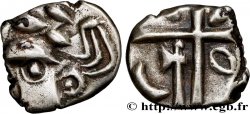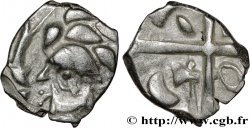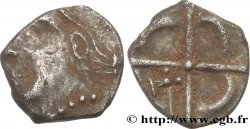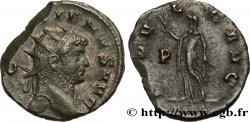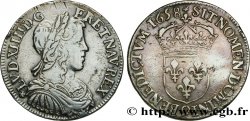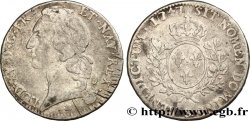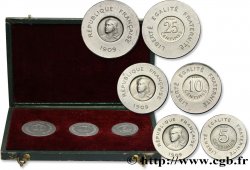Live auction - bga_725608 - GALLIA - SOUTH WESTERN GAUL - VOLCÆ TECTOSAGES (Area of Toulouse) Drachme “à la tête cubiste”
You must signin and be an approved bidder to bid, LOGIN TO BID. Accounts are subject to approval and the approval process takes place within 48 hours. Do not wait until the day a sale closes to register. Clicking on "BID" constitutes acceptance of the terms of use of cgb.fr private live auctions.
Bids must be placed in whole Euro amounts only. The sale will start closing at the time stated on the item description; any bids received at the site after the closing time will not be executed. Transmission times may vary and bids could be rejected if you wait until the last second. For further information check the Live auction FAQ
All winning bids are subject to a 18% buyer’s fee.
All winning bids are subject to a 18% buyer’s fee.
| Estimate : | 300 € |
| Price : | 160 € |
| Maximum bid : | 250 € |
| End of the sale : | 26 April 2022 16:32:23 |
| bidders : | 2 bidders |
Type : Drachme “à la tête cubiste”
Date: Ier siècle av. J.-C
Metal : silver
Diameter : 14,5 mm
Orientation dies : 3 h.
Weight : 2,45 g.
Rarity : R3
Coments on the condition:
Monnaie très bien centrée pour ce type de monnaie, avec de très jolis détails en relief. Une très belle patine grise
Catalogue references :
Obverse
Obverse legend : ANÉPIGRAPHE.
Obverse description : Tête stylisée à gauche avec la chevelure sous forme de mèches ovoïdes ; devant le visage, deux dauphins.
Reverse
Reverse legend : ANÉPIGRAPHE.
Reverse description : Croix formée de quatre cantons ornés chacun d'une lunule : balle de fronde aux 1er et 4e cantons, une hache au 3e et un pendant en ellipse au 2e canton..
Commentary
Revers particulièrement complet, si ce n’est au niveau du manche de la hache, hors flan. Ce type de revers, avec le pendant en ellipse au second canton, est exceptionnel ! C’est le premier exemplaire que nous proposons depuis les deux exemplaires bga_335533 et bga_201125 (tous deux de issu des mêmes coins de droit et de revers). Ces deux derniers sont d’ailleurs les deux seuls exemplaires de ce type que C. Lopez a recensé dans son catalogue (cf. type A.63.1)..







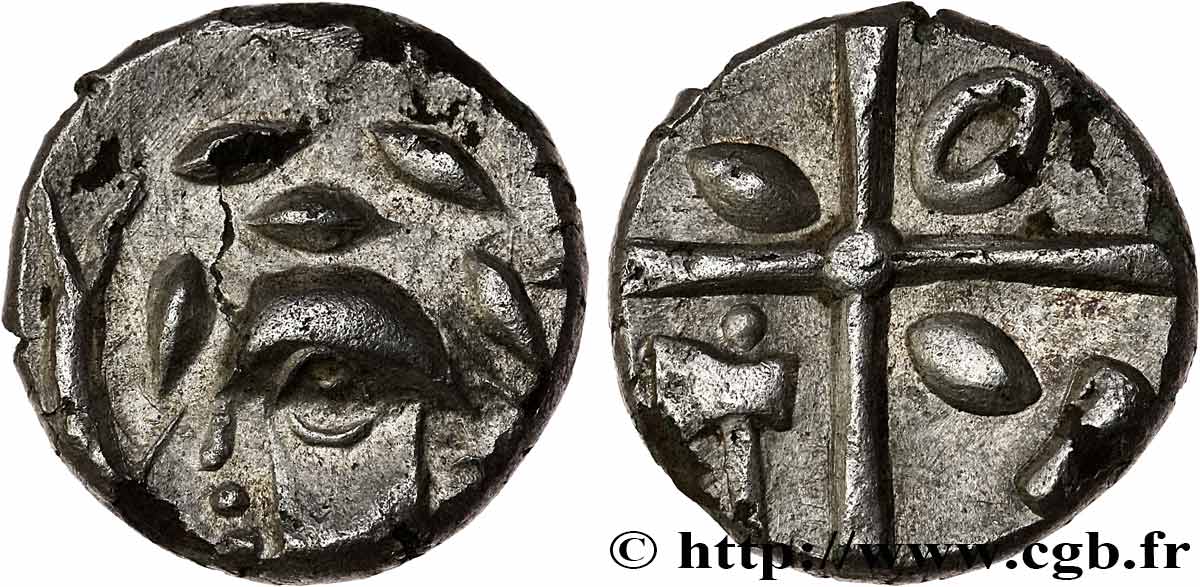
 Report a mistake
Report a mistake Print the page
Print the page Share my selection
Share my selection Ask a question
Ask a question Consign / sell
Consign / sell
 Full data
Full data